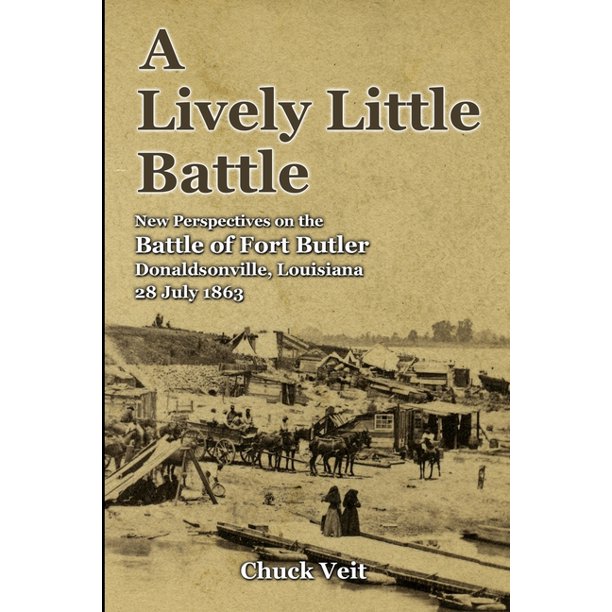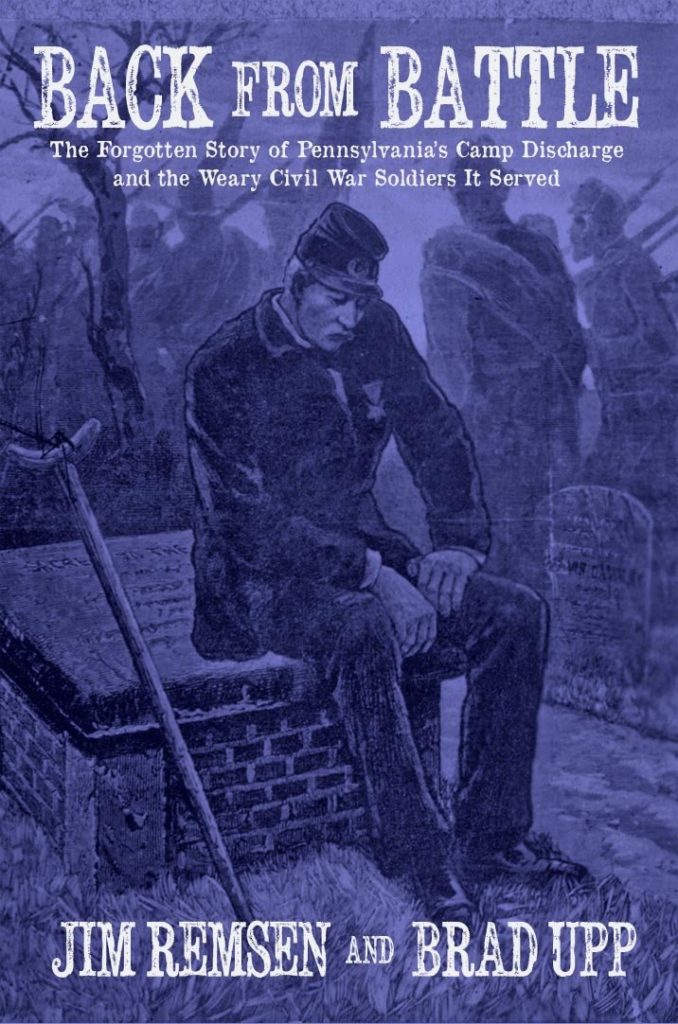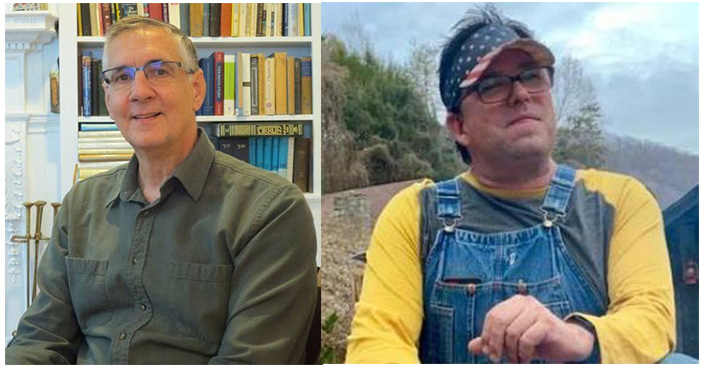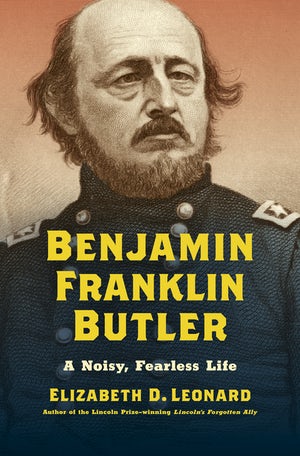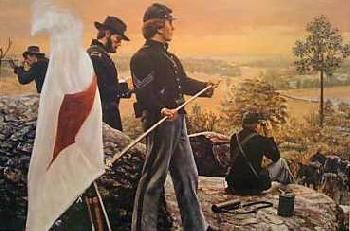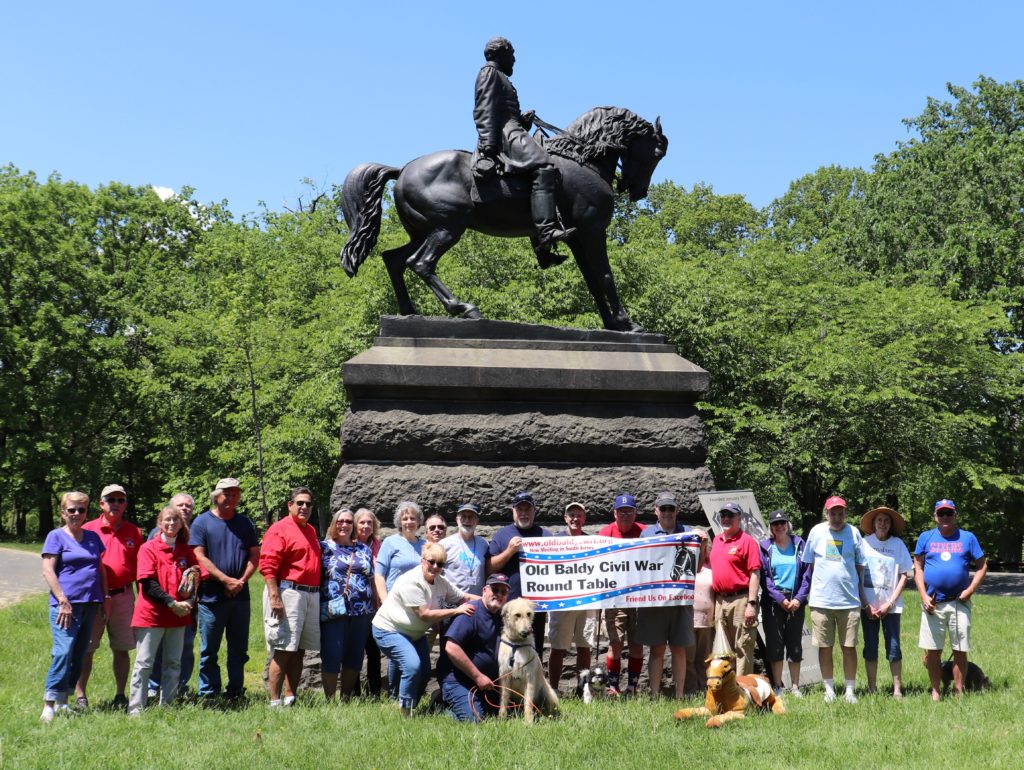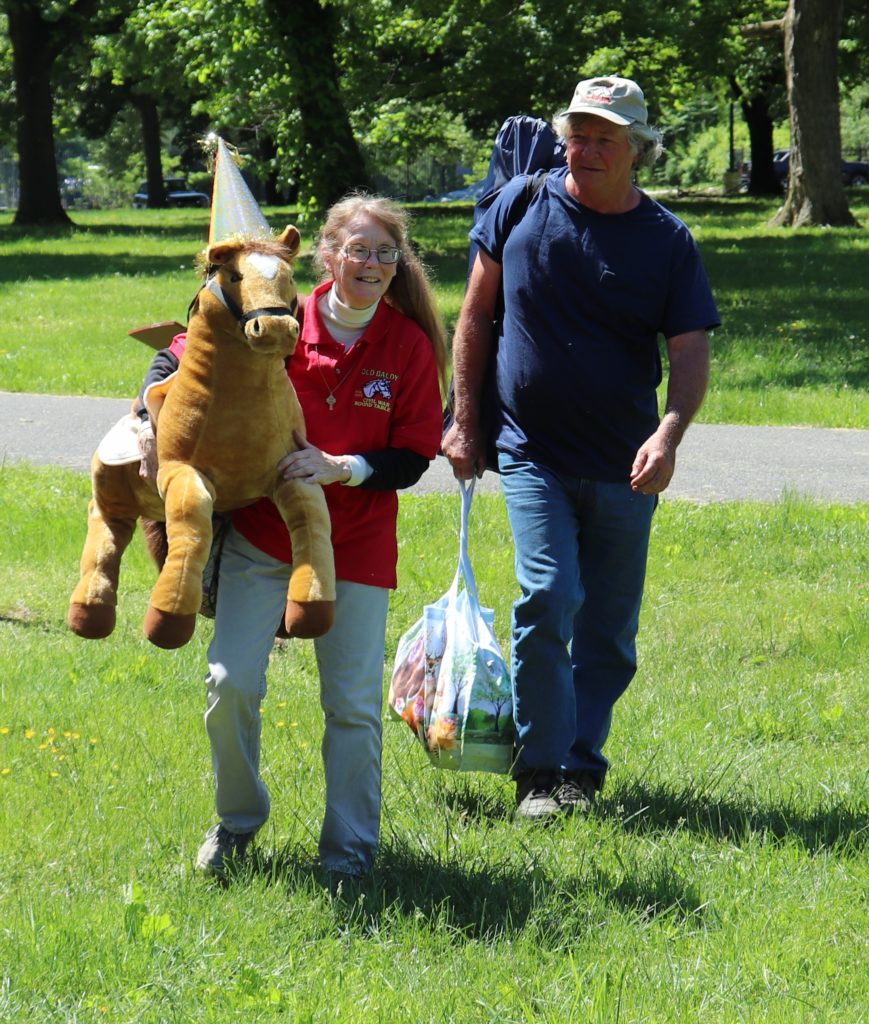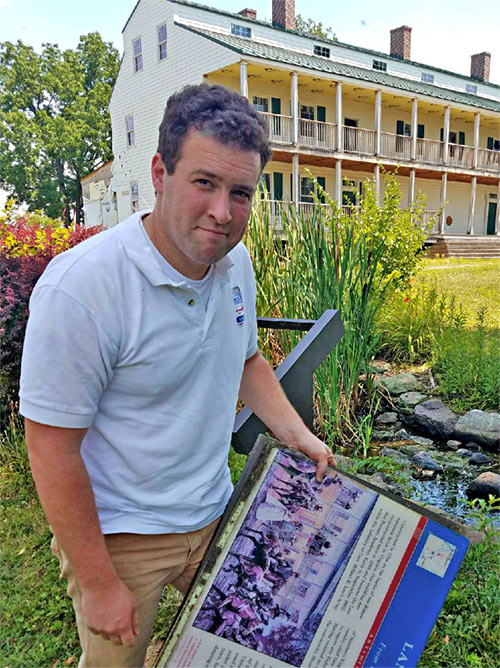When you first meet William (Bill) Sia, you quickly notice his sense of humor. Chat with him for a good while and you come away knowing more than you ever thought possible about American history and the workings of his country’s government. “I’m the only guy I know who walks around with a copy of the Constitution in his back pocket.”
Born in 1945 in Wilkes-Barre, Pennsylvania Bill, one of six children, had an idyllic childhood. He idolized his Dad, a veteran of the second World War, who labored in a coal mine (the only job available) for five years before moving his family 120 miles down the road to Levittown to work in a steel mill. Ten-year-old Bill thought he had moved to suburban heaven. “We bought a house, schools went up, I could ride my bike anywhere, my Mom and Dad filled the house with books – it was great growing up there.”
After graduating in 1963 from Woodrow Wilson High School, Bill set out to become a teacher. In 1967 he earned a B.A. at King’s College and then went on to teach American Government and History to seniors at Pennsauken High School (NJ) for 35 years. He earned a M.A. at Trenton State College in 1982. Bill, a member of the New Jersey Education Association, credits his parents and teachers with his career success. “They steered me to entrench myself in the activities of reading and studying. Even my professors. They all set a good example.”
While working at Pennsauken H.S. Bill met Ed Komczyk, then a math teacher and friend of Old Baldy Civil War Round Table. Ed would mention a group meeting to Bill, Bill would say yeah, let’s go, and together they would take a train to the Civil War Museum on Pine Street in Philly. They enjoyed those early days of discussions and camaraderie, through the group’s move to the Union League and now – with the help of Bill Hughes and others – at Camden County College. “This is where I met a very bright and talented group.”
Fast forward 25 years and Bill and Ed remain great friends and loyal Round Table members. Although Bill continues to harbor an interest in the Civil War, he is drawn primarily to the areas of pre-war influences and Reconstruction, a topic he has presented at the Round Table. Bill is extremely proud of the Old Baldy crew. “I can’t get over how smart people are in the group. They are so knowledgeable.”
Fellow Old Baldy members may be surprised at how knowledgeable Bill is at something totally unrelated to the U.S. Civil War and that is building race cars. With the help of their tech- savvy Dad, Bill and his brother built a 1963 Triumph that they took to the car hill climb competitions in Wilkes-Barre in the 70s. They painted the car red, white, and blue – with stars. The car is long gone (two rich guys bought it; Bill has regrets) but Bill’s brother has the frame of a MGB sitting in his garage waiting for a body. Constructing another racer is certainly on Bill’s bucket list. Right now, though, he is having too much fun traveling to NASCAR races with his brother.
Bill lives in Marlton, NJ with his wife and college sweetheart, Anna. She is a retired nurse. They have been married for 50 years and have one son, Brian, a computer engineer working at McGuire AFB in NJ.
Profile written by Kim Weaver


